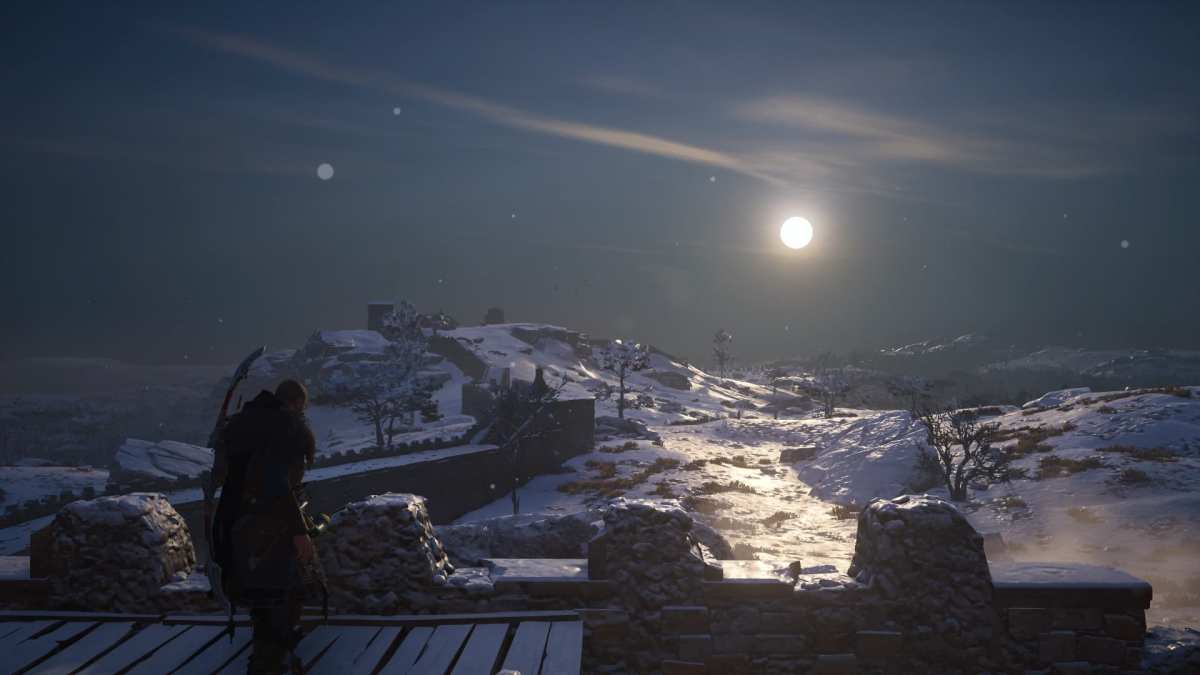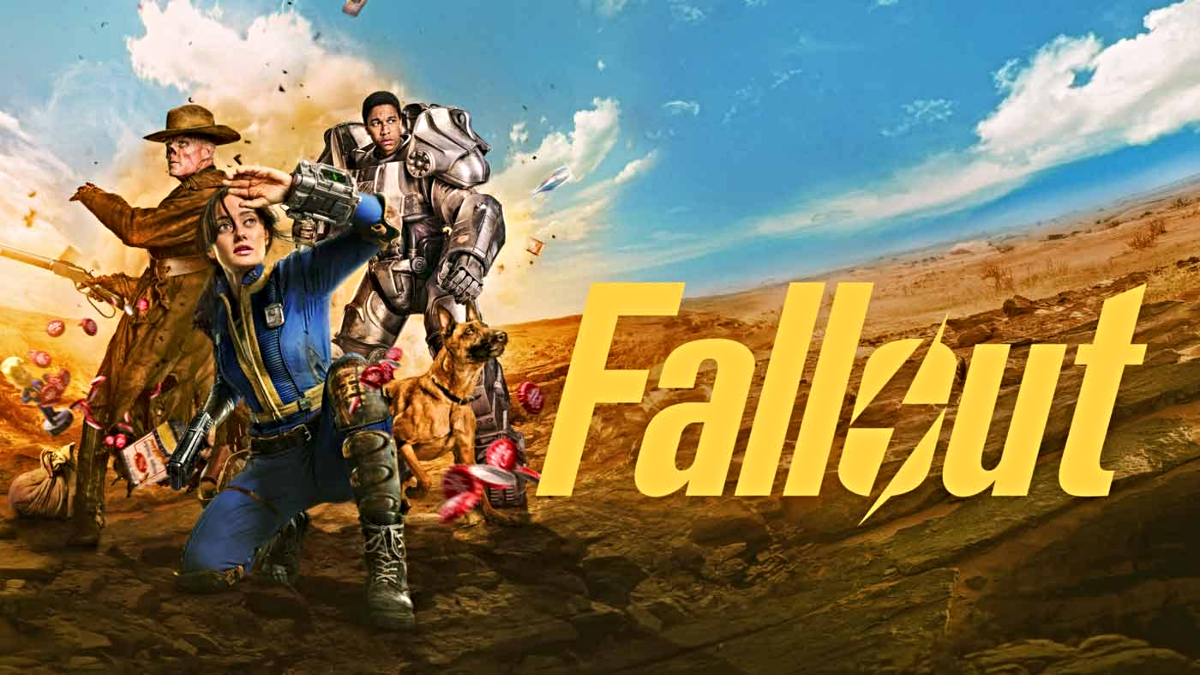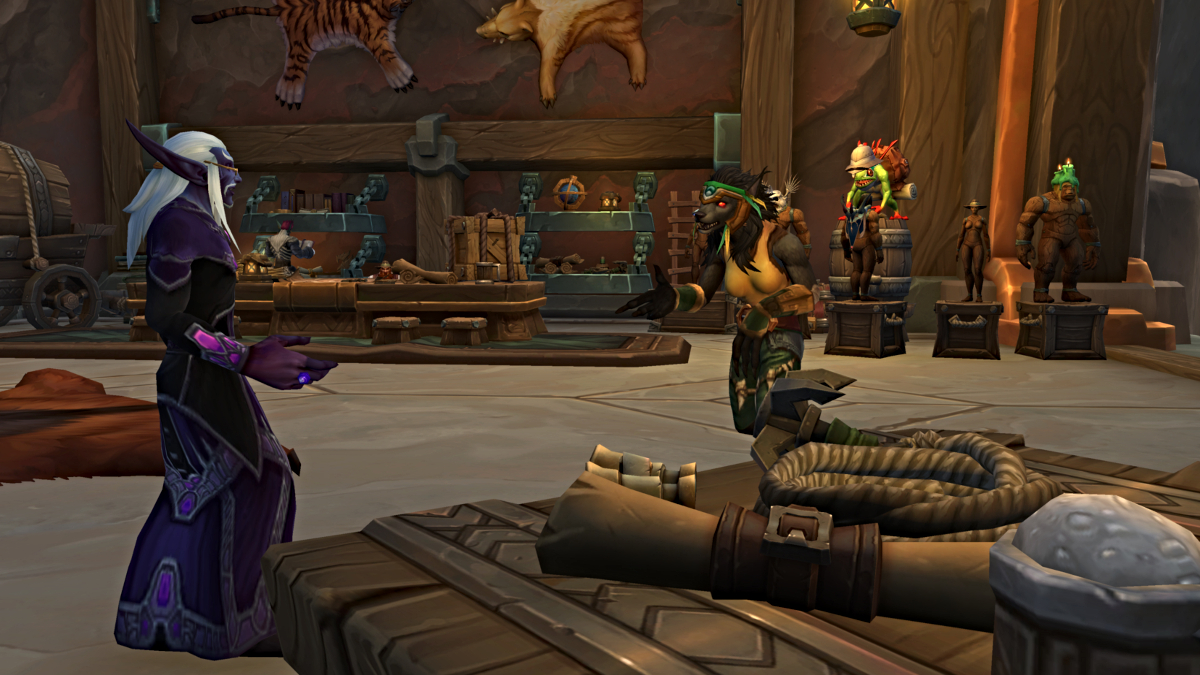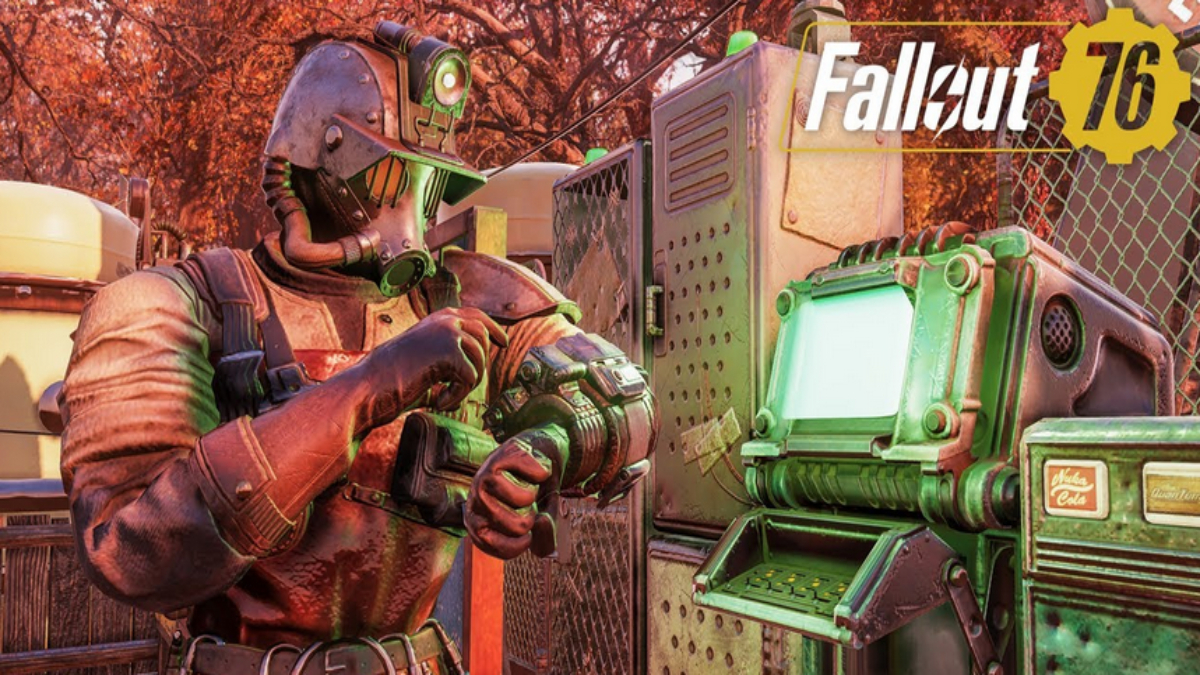Assassin’s Creed games have never pretended to be anything more than theatrical alternate history fiction, but over the years Ubisoft has certainly invested a significant amount of effort into accurately recreating the aesthetics of various historical time periods.
From the beautiful detailing of Italian renaissance buildings to the dingy, cobbled streets of Victorian London, taking a stroll through many of Assassin’s Creed’s many different settings often feels like history brought to life.
This has, of course, been a key aspect of the series’ development from its inception; the idea of digitally remodeling ancient cities as an interactive 3D space was novel and exciting back in the early 2010s. And despite the series’ evolution into ever-more fantastical stories over the years, this attention to detail from an architectural perspective hasn’t really changed.
In fact, it actually manifested itself into something educational back in 2017 with the release of Odyssey’s Discovery Tour mode. This was the first time the series had thought to turn the game’s sandbox into a scholastic platform, which in hindsight seems like an obvious and effective way to help illuminate history for students.
After all, if you remove all the fantasy stuff from sandboxes like Assassin’s Creed Origins’ then you’re essentially left with an enormous showcase of life in ancient Egypt, all to a level of interactivity and a degree of visual fidelity that far and away exceeds most of the educational documentaries many students are shown at school today.
Hell, I remember watching Troy as part of my Ancient Classics class at highschool! Looking back, I think even the local amateur dramatics theatre would have provided a better insight into life during the 12th century BC than Brad Pitt and Orlando Bloom.
Good thing, then, that Assassin’s Creed Discovery Tour proved a big success and has since made its return in Odyssey and, soon, Valhalla. The latter has me particularly excited as a keen enthusiast of British history, and there’s one location in particular that I can already see has huge potential as an educational tool.
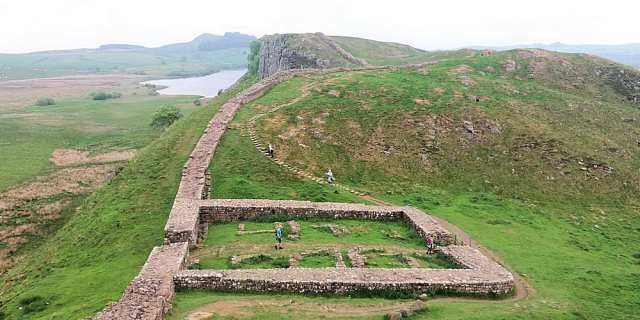
Hadrian’s Wall is an iconic British landmark that has stood for over 1,500 years and still exists today in remarkably good condition, running for nearly 75 miles across England’s central northern belt.
It was the project of the Roman Emporer Hadrian back in 122 AD, who commissioned its construction in an attempt to stop raiding parties of Pictish warriors wreaking havoc from their tribal homelands in Scotland.
I’ve actually visited the wall several times; most recently, in 2018 during the winter, when I walked nearly the entirety of its length from Carlisle to Newcastle.
Of particular note is a Roman Fort about halfway along the walk called Housesteads. It sits atop a large stretch of hills in a commanding position that looks north toward Scotland. As a point of interest for a hiker like me, it’s a spectacular sight. For the Romans back in the second century, it would have felt like the edge of the earth.
That very sentiment is part of what makes Hadrian’s Wall so awe-inspiring — Roman soldiers posted to watch Britain’s cold far north would have been a hardy bunch, but the biting winds would have proved only a temporary distraction from the fear of raiding Picts. It really was the last outpost of the “civilized” world, with the unknown of what lay beyond a daunting prospect.
Hence why the protection offered by the enormous fort of Housesteads was so vital, and why it was populated not only by a thousand or more soldiers but a community of farmers and other peasants that helped to keep it running smoothly.
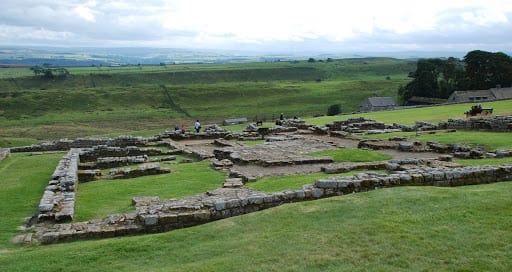
But today, you don’t really get an appreciation for Houseteads’ scale. There are foundations that can be seen, which certainly give you a flavor of its design, but it’s not until you visit the nearby museum and look at models and artists’ renderings that you suddenly get a sense of just how vast Houseteads and Hadrian’s Wall really was.
Enter Assassin’s Creed Valhalla, which features a huge section of Hadrian’s Wall at the very top of its map, including the aforementioned Housesteads Fort. It’s an area of the map that actually doesn’t get too much attention during Valhalla’s storyline outside of one fort siege during the Eurvicscire quest arc.
But I actually prefer this over any attempt to turn it into some sort of intricate setting to the plot. I love that Hadrian’s Wall exists within the world of Valhalla almost as it does today — a dilapidated ruin etched into the landscape, slowly being absorbed by nature and chipped away at by the people who live nearby.
For the people of 9th century England, it’s a relic of the past that surely inspired much of the same wonder as it does for us today.
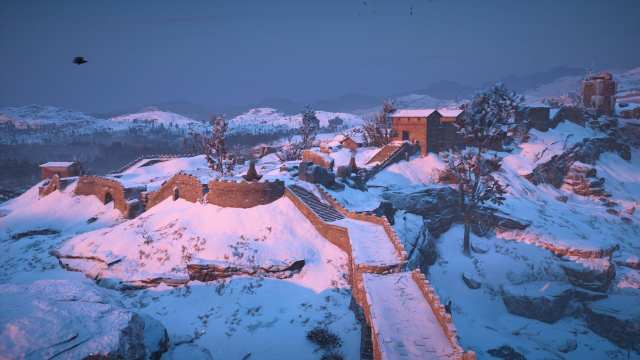
Perhaps more so, in fact, given how little was known about the Roman Empire back then, even despite what a massive presence it had exerted only four hundred years prior.
Of course, the key takeaway is that unlike today, Hadrian’s Wall during the 9th century was a substantial manmade structure, with towering guard posts and forts dotted along its miles of wall, which itself was over 15 feet high where it’s barely six today.
For years, students and historians have wondered what an extraordinary sight it must have been, but thanks to Assassin’s Creed Valhalla we’re able to get a much better idea of its imposing design. Not only that, but you’re able to wander in between the various barracks, bunks, and latrines that have been modeled in excellent detail.
As you can see in the image above, the entire area is portrayed rather romantically covered in snow, which is a slight shame in the case of Housesteads given that it means we can’t explore the area in full.
Still, it functions brilliantly as a point of reference to appreciate its scale and function. And as a point of reflection, too, it offers students the opportunity to appreciate just how long Hadrian’s Wall has been standing, how long the structure has existed as part of the landscape in one form or another.
Indeed, through the Viking Age, Medieval Britain, civil war and two world wars, and everything in between, Hadrian’s Wall has seen it all and stood firm.
It’s worth noting, in fact, that it was only during the 18th and 19th centuries that concerted efforts were made to remove sections of the wall. Buildings projects, such as nearby roadworks, made use of its stone, seeing large areas of the structure that had stood for over 1,200 years disappear almost overnight.
The notion of harvesting such an important archaeological site for resources these days is unthinkable, of course. And again, it’s a reminder of why it’s so important we not only preserve what’s left of important landmarks such as Hadrian’s Wall but also to help younger generations understand its historical significance.
It’s for that reason I’m particularly proud as a video game and history enthusiast that games like Assassin’s Creed Valhalla and its upcoming Discovery Mode Tour are making meaningful contributions to the cause. My hope is that such a useful tool is embraced by educational institutions around the world and put to good use.

